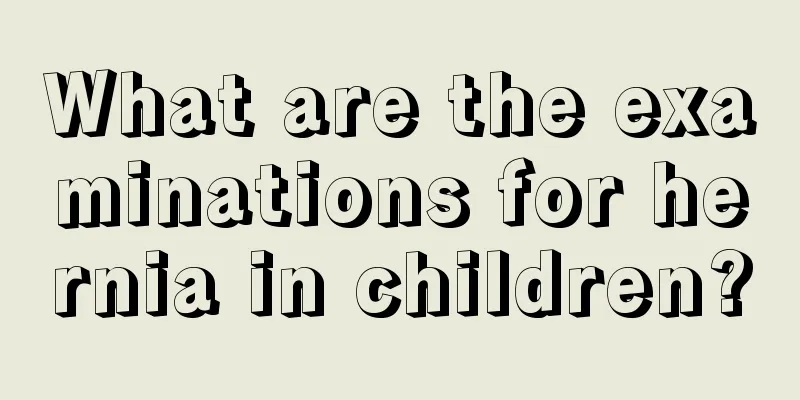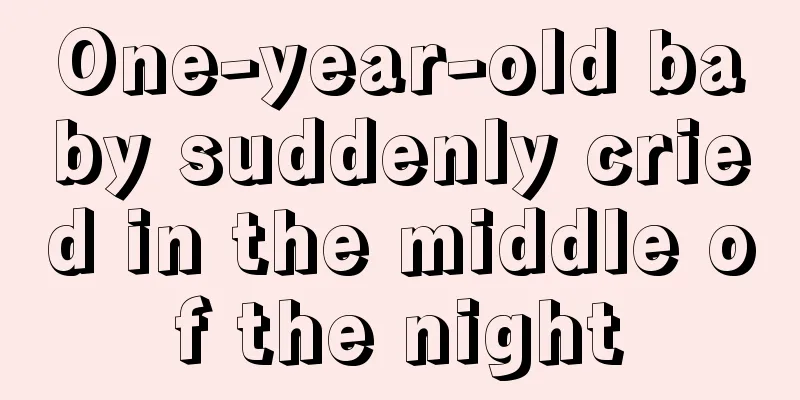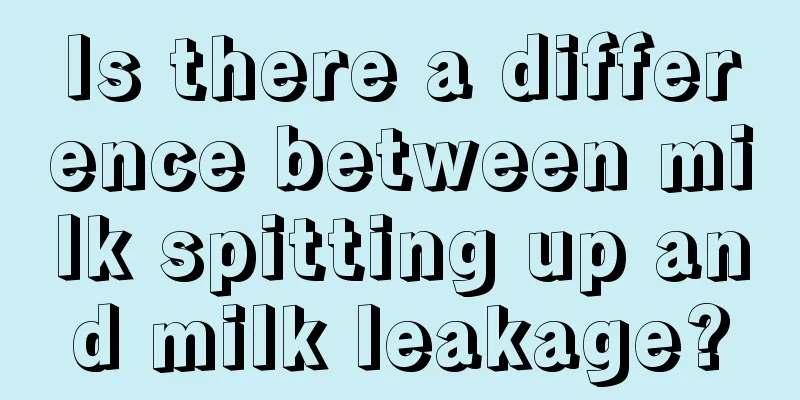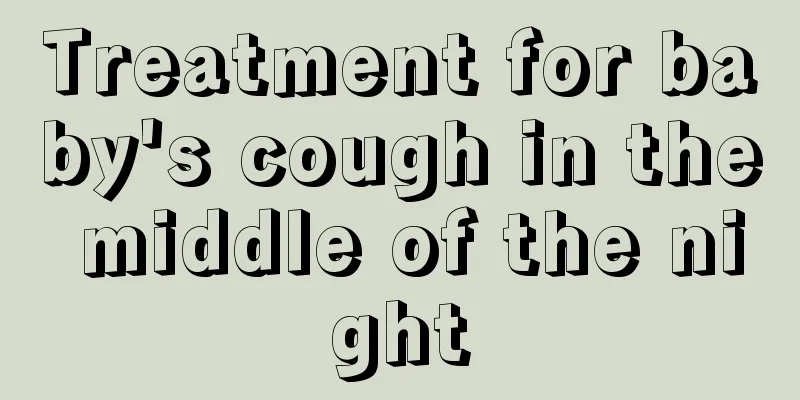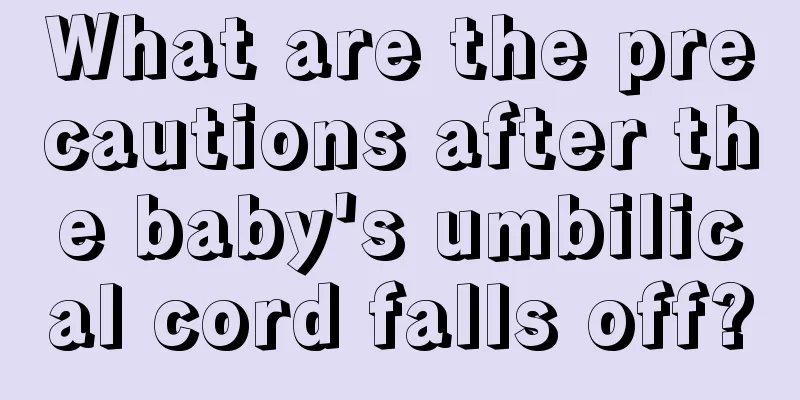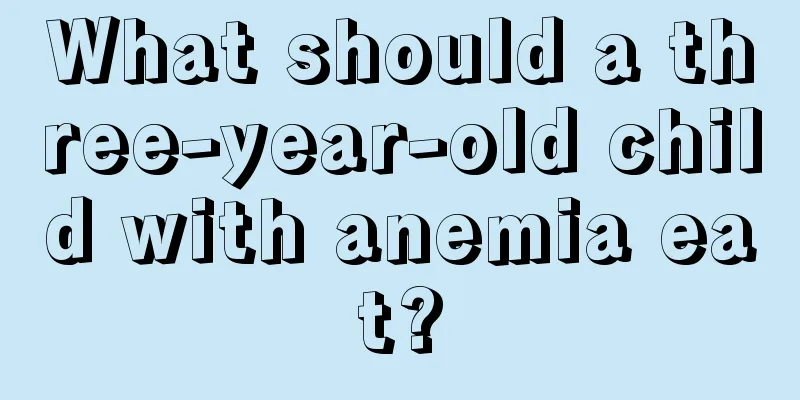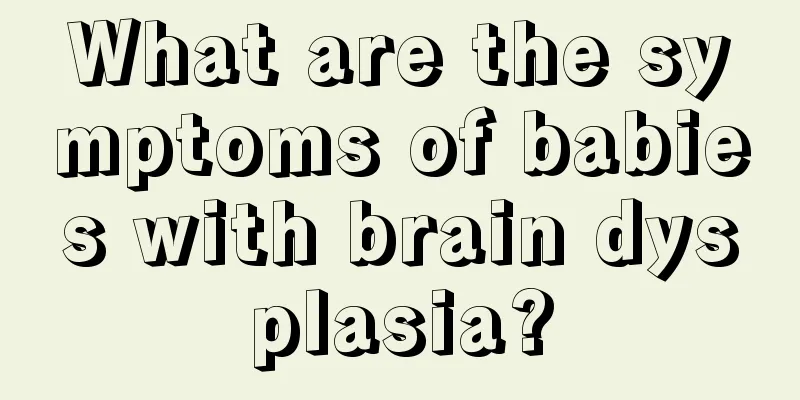What causes children to have convulsions?
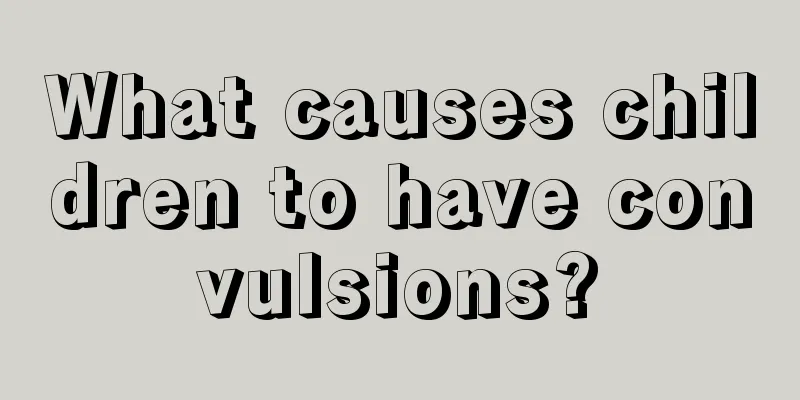
|
The physical health of children is a very important matter, because the health of children is extremely destructive to the future of a family. There are many types of diseases among children. Among them, convulsions are a common phenomenon in children, especially in infants. Infants often have convulsions when they sleep. Let’s take a look at the reasons for convulsions in children. Childhood convulsions are a common disease in infants and young children. According to statistics from relevant experts, the incidence rate is 10 to 15 times that of adults. This is because the brains of infants and young children are not fully developed, and even weak stimulation can cause abnormal discharges of the brain's motor neurons, leading to convulsions. There are many reasons for convulsions in children, the most common of which is high fever. Children aged 2 to 3 years old are especially prone to convulsions if they have a high fever. In addition, pneumonia, meningitis, craniocerebral trauma, epilepsy and other diseases in children are also common causes of convulsions. The main manifestations of convulsions in children are sudden loss of consciousness, systemic symmetrical tonic-clonic spasms, and may also be manifested as staring, squinting, and upward rolling of the eyes. The duration of a convulsion attack is several seconds or minutes, usually not exceeding 15 minutes, and there is no recurrence within 24 hours. Consciousness recovers quickly after the attack. If a seizure lasts for more than 15 minutes and recurs within 24 hours, it is best for the child to be hospitalized for observation and treatment. Once a child has a convulsion, as a parent, the first thing to do is not to panic but to stay calm. Calm the child down first and avoid unnecessary stimulation. Then lay the child flat with the head tilted to one side. Clean the secretions and vomit in the mouth in time to avoid inhalation into the trachea, causing suffocation or aspiration pneumonia. When the child is lying in bed, parents should gently undress the child to avoid obstructing his breathing. To prevent children from biting their tongues during convulsions, you can wrap the tip of chopsticks with cloth, place it between their teeth, and press down on their tongue, so that their breathing can remain unobstructed. For children with severe convulsions, you can pinch the "Ren Zhong" point in the middle of the upper lip, the "Yin Tang" point between the eyebrows, and the "He Gu" point between the thumb and index finger with your fingers. Be careful not to use too much force to avoid pinching the skin. When a child is having a convulsion, do not feed him water, medicine or fruit juice drinks, etc., to avoid them entering the trachea and causing suffocation or aspiration pneumonia. |
<<: What to do if your 2-year-old baby has diarrhea
>>: What's going on when a child gets red spots on his body that look like prickly heat?
Recommend
Causes of foaming at the baby's mouth
After birth, babies often catch colds and fevers ...
Eight-month-old baby sweats on the back of his head
After the baby is eight months old, his body has ...
What to do if your five-month-old baby has bad breath
The arrival of a child brings infinite joy to the...
What are the symptoms of newborn baby's abdominal bloating
When the baby's stomach is bloated, parents w...
What are the stool forms of infants at a few months old?
After birth, many babies consume breast milk and ...
What to do if your baby has a sore throat
There are many children in our daily life who are...
What causes sudden stuttering?
Many people will inexplicably experience stutteri...
What to do if mixed feeding causes constipation
As children develop, breastfeeding alone can no l...
What should I do if my baby cries when sleeping at night?
Some babies cry when they sleep at night. In this...
How to treat red pimples on children's faces
Children's faces are relatively fragile. When...
What to do if a newborn baby has blisters on his upper lip
The problem of blisters on the upper lips of newb...
Why does my child’s legs tremble?
Many functions of children's bodies are not y...
Why does my 10-month-old baby have a runny nose due to a cold?
Ten-month-old babies have relatively poor resista...
What are the recipes for baby cough
There are many colds recently and the weather is ...
Can children eat MSG?
Whether children can consume MSG is a question th...



